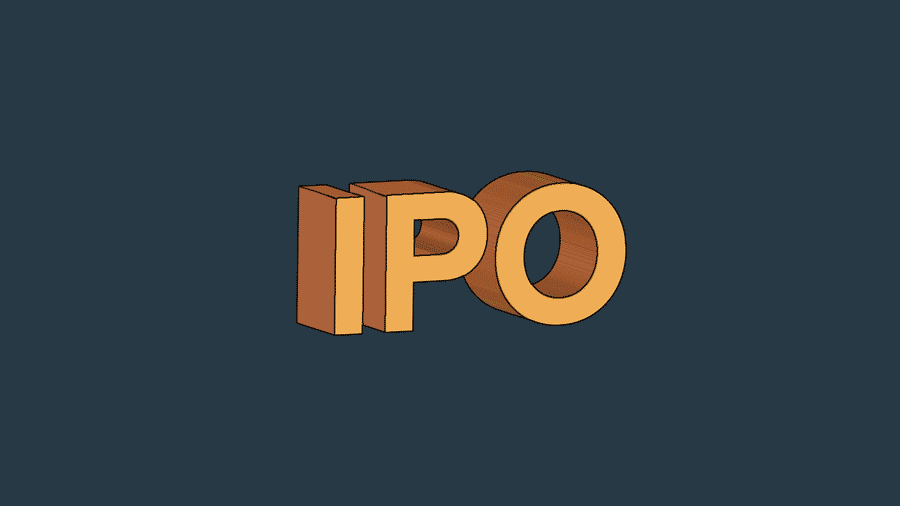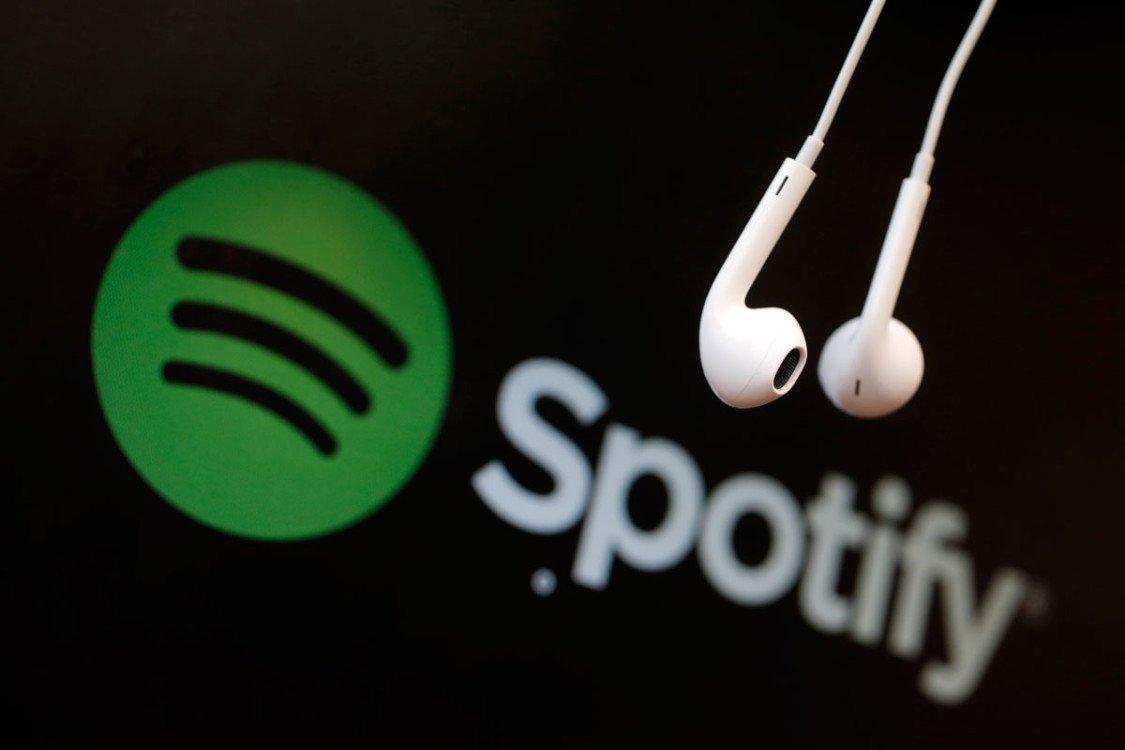
Holders of pre-IPO shares face share lockup restrictions that prevent the sale of their stock for months after an IPO. Company executives and other insiders who hold pre-IPO shares also bristle at selling shares to underwriters at one price, and then seeing their stock jump to a much higher value once it starts trading.

The narrative of bankers deciding IPO prices and doling out shares to their richest clients in smoke-filled rooms has dogged the asset class for decades. magazine that it’s “moronic” that the IPO process has remained static for so long. The genesis and future of direct listingsįor his part, McCarthy has not walked back from past comments on the shortcomings of traditional IPOs. Here are the methods of taking a company public, and the costs associated with each. The IPO market has seen explosive growth this year as direct listings and Special Purpose Acquisition Companies (SPACs) become more popular. A large number of fresh company shares in a direct offering may dilute prices by increasing the supply of stock, and companies may want to avoid this by doing smaller stock sales, he said.įor bigger capital raises, companies may still be better served by a traditional IPO. A smaller share sale in a direct listing reduces the risk of selling at a low market price on the opening day, he said. Latham & Watkins partner Rodgers said these proposed company stock sales will likely be much smaller than traditional IPOs for a couple of reasons. “Without these changes, selling shares in a direct offering by a company would have been dead on arrival,” he said. The pricing rule changes by Nasdaq represent “constructive progress” to evolve direct listings, McCarthy said. See now: Warby Parker IPO: 5 things to know about the affordable-eyeglass maker before its direct listing

A spokesperson from the Nasdaq declined to provide additional comment. The Nasdaq has published a draft of the rules and is weighing comments on them. The move may make it more appealing for companies to raise capital in a direct listing. See: European Wax Center has plenty of room to grow and a business built on consistency, analysts sayĪ proposed rule change by the Nasdaq will no longer require shares sold by a company to trade in a range. One reason no issuers have done this, yet, is because of existing rules that require direct listing shares to trade within a fixed range of the reference price published in the company’s stock prospectus. It’s a great fit for the right company.”įrom the archives: Spotify’s non-IPO could serve as a model - but only for a certain type of companyĪlong with Spotify, Warby Parker and Amplitude, other companies to go public through a direct listing include Slack, now owned by Inc. “We view it as just another option to going public. “Although so far we’ve only seen tech companies use the direct listing, we’ve had a lot of interest from other industries and in our view it is only a matter of time before it is more widely adopted,” Rodgers told MarketWatch. What was ‘new’ was the idea of using a direct listing in place of an IPO.’ ” - Barry McCarthy, ex-CFO, Spotify It had been around for a long time and was mostly used by companies coming out of bankruptcy proceeding and for corporate spinouts.


 0 kommentar(er)
0 kommentar(er)
